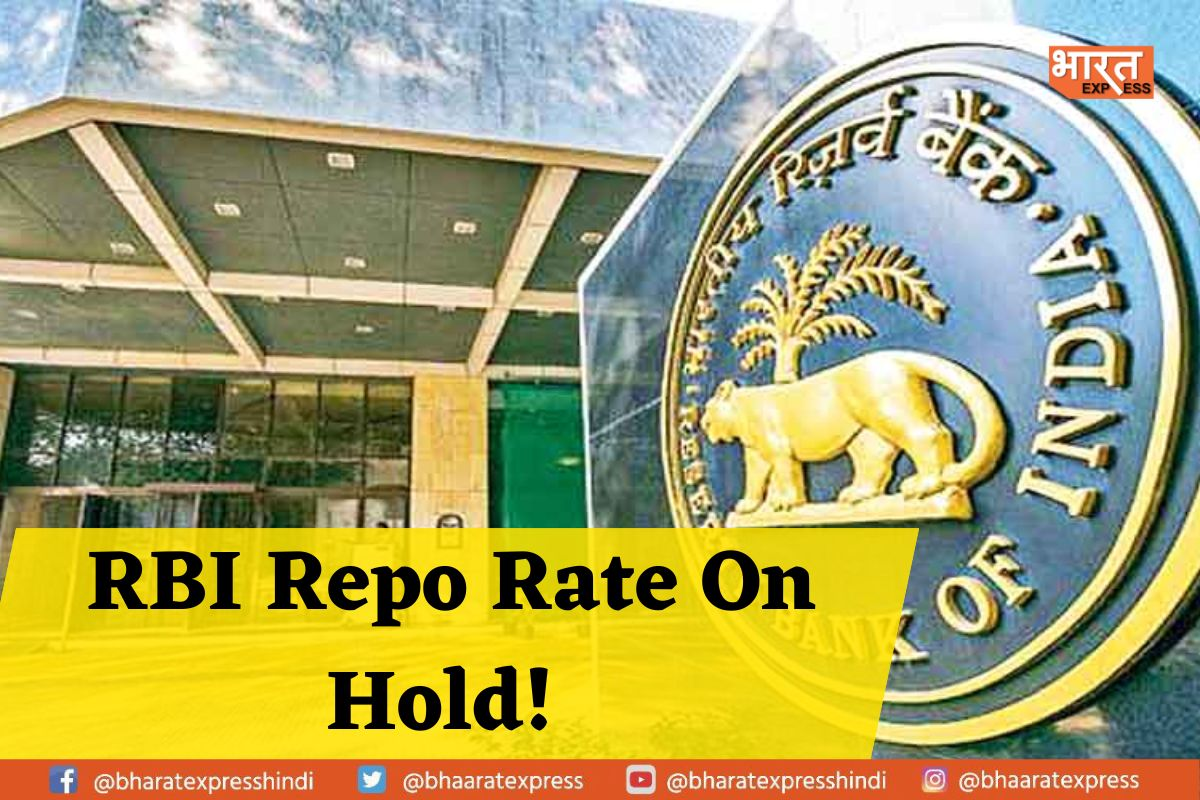
REFERENCE IMAGE
The Reserve Bank of India (RBI) is likely to keep the existing repo rate unchanged, given that inflation seems to be under control, according to a report by Morgan Stanley. The report also stated that a possible reduction in the key interest rate is unlikely to happen until early 2024.
Also Read: ICICI Bank Reports Record-breaking Quarterly Profit of ₹9,122 crore
During the first monetary policy review meeting of 2023-24, the Reserve Bank of India (RBI) decided to keep the repo rate, which is the primary benchmark interest rate, unchanged at 6.5 percent. The decision was made to assess the impact of the current policy rate tightening. The RBI’s next monetary policy committee meeting is slated to take place from June 6-8, 2023.
Since May 2022, the RBI has raised the repo rate, which is the interest rate charged to banks, by 250 basis points in an effort to control inflation. A report titled ‘India Economics – Macro Indicators Chartbook: Growth Sustains Momentum; Macro stability in Check’, co-authored by Upasana Chachra and Bani Gambhir, states that Morgan Stanley anticipates a limited cycle of rate cuts to begin in the first quarter of 2024. However, if the inflation outlook improves, there is also a possibility for the rate cuts to begin earlier.
Also Read: Government Increases Procurement of Wheat Under MSP by 13%
Furthermore, Morgan Stanley’s report stated that interest rates are expected to remain unchanged in 2023, as retail inflation is projected to stay below 6 percent. Retail inflation, as measured by the consumer price index (CPI), has been gradually decreasing in India from its peak of 7.8 percent in April 2022 to 5.7 percent in March 2023. The report forecasts a further decline to 5.2 percent in the last quarter of the fiscal year 2023-24.
The report stated that the March headline CPI print met expectations, and it is expected that inflation will decelerate more significantly in the quarter ending June, dropping below 5 percent due to favorable base effects and a reduction in commodity prices. Additionally, the report acknowledged that increasing interest rates is a common monetary policy tool used to reduce demand in the economy, leading to a decrease in inflation, while the opposite is true when rates are lowered.
To read more such news, download Bharat Express news apps




















